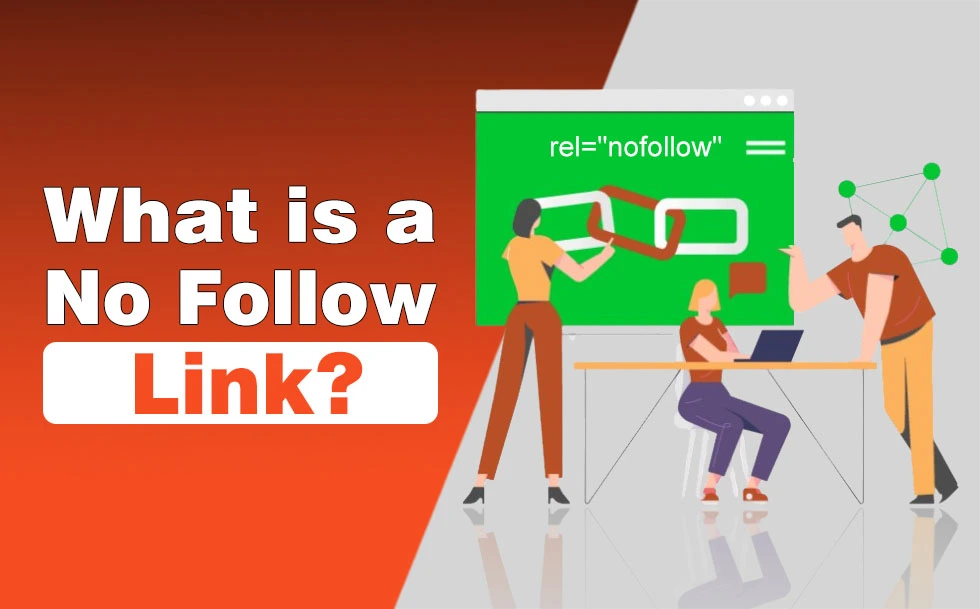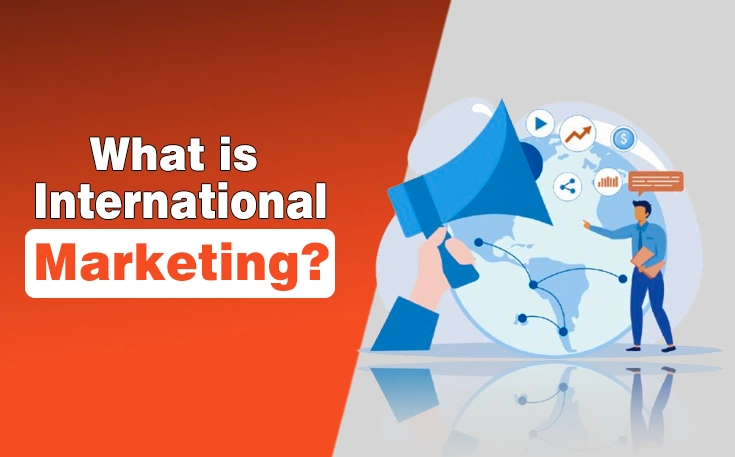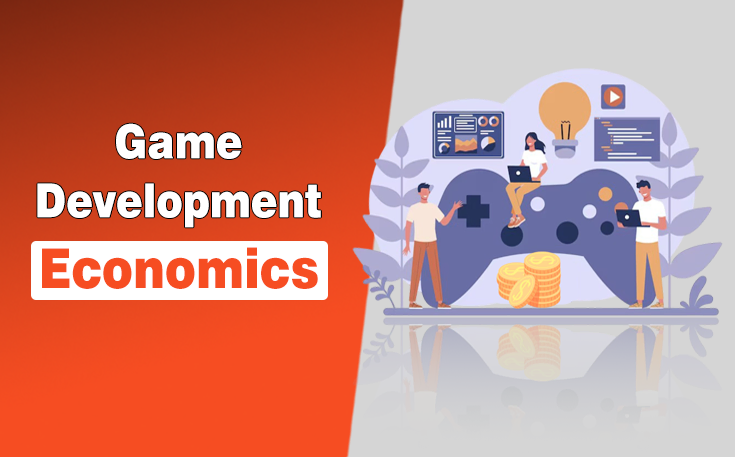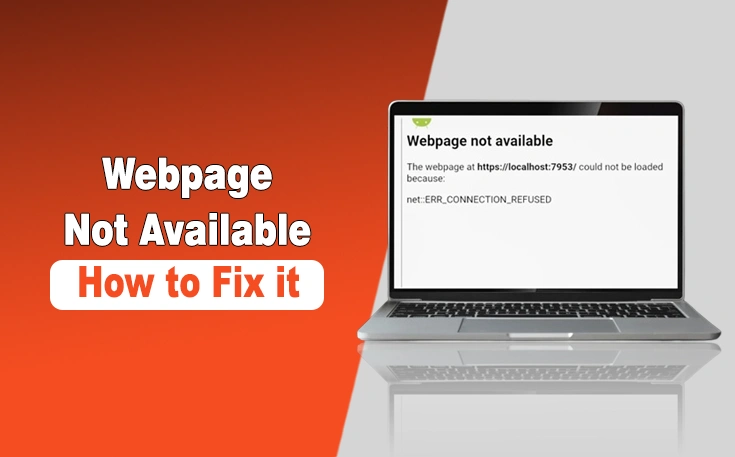In 2025, every digital marketer has been told how artificial intelligence (AI) is changing pay-per-click (PPC) advertising. Google Ads has doubled down on AI-related automation, from smart bidding to fully automated campaigns like Performance Max (PMax).
But despite all the AI hype, Google also released a few quiet game changers this year that don’t involve generative models or machine learning. Because these machine learning advancements increase advertiser transparency, agency control and better data, all without an AI evolution, and they are already making a difference in campaign performance.
In fact, the updates have tackled many of those areas where pure automation wasn’t enough, which puts a bit of trust back in marketers to lead campaigns tactically with insight. Not sure what PPC is? Find more information here: fortismedia.com/en/services/ppc-agency/
In this blog post, we will check out the three feature rollouts in 2025, and how each helps you drive better PPC results.
Channel-Level Visibility in Performance Max Campaigns
One of the most significant issues with PMax campaigns has been the “black box” nature of automation. PMax serves ads across all Google channels (Search, Display, YouTube, Gmail, Discover, Maps, etc.) without advertisers knowing which channels are driving results. This lack of visibility made it hard to trust the AI or optimize creative for the best platforms. Google listened.
In April 2025, they released Channel Performance reporting for PMax, a top-requested feature giving advertisers a clear view of performance by channel. On the new Channel Performance page you can see a campaign-level summary and dive into each channel’s contribution to your conversion goals.
This is a game-changer for PPC managers. You can now see which channels are winning and adjust strategy accordingly. For example, Google’s announcement described how a home and garden retailer might find their PMax ads are performing well on YouTube and decide to invest in more video assets to drive even more conversions.
Similarly, suppose you find that Display network placements are spending heavily with minimal conversions. In that case, you can dig deeper (e.g., via the linked placement report) and refine your assets or targeting for that channel. Channel-level data fills a gap that AI automation left open – while the machine learning in PMax optimizes behind the scenes, now you have the insight to make sure those cross-channel allocations align with your business priorities. In short, this non-AI feature gives you transparency and lets you capitalize on high-performing channels or troubleshoot weak spots, improving overall campaign ROI.

Device-Level Targeting Controls for More Control
Another area where automation required human intervention was device targeting. Historically, Performance Max (and some other automated campaign types) gave advertisers little say in which device types (mobile, desktop, tablet) their ads would show.
Google’s automation decided the distribution, which could be a problem if, say, your mobile traffic converted at a much lower rate than desktop. In 2025, Google fixed this by releasing full device-level targeting controls in PMax. Now advertisers can explicitly target or exclude specific device types – bringing PMax closer to the control we’ve had in manual Search or Display campaigns.
You can now fully control which device types your Performance Max campaigns show on, something that was previously only partially available. For example, a gaming company can restrict campaigns to mobile devices, or a B2B advertiser can exclude tablets entirely. This update was accompanied by demographic targeting enhancements (like age exclusions) but device control stands out for improving campaign focus.
The impact can be big. Imagine you run a B2B software campaign where most conversions happen on desktop during work hours, previously PMax might still spend on mobile or tablet traffic that bounced.
Now you can exclude or down-weight less valuable devices, so the budget is spent where it drives the best results. On another hand, an app marketer might choose to run a PMax campaign only on mobile to maximize app installs. These controls fill a gap that AI optimization overlooked: automation might broadly allocate spend based on aggregate performance but it doesn’t account for strategic business decisions (like focusing on high-LTV desktop users or avoiding devices that don’t convert well).
By giving back control over devices, Google allowed marketers to correct where the algorithms might misalign with reality on the ground. It’s a classic case of human insight guiding AI – and it often leads to more efficient spend and higher conversion rates when device performance varies.
Enhanced Server-Side Tagging via GTM’s Server-Side Gateway
Even the most advanced AI bidding strategies are only as good as the data they receive. That’s why Google’s third non-AI rollout of 2025 focuses on measurement itself. Enter the Google Tag Manager server-side container gateway, also known as Google Tag Gateway for advertisers. In an era of increased privacy restrictions (ITP, ad blockers, cookie loss), many marketers have turned to server-side tagging to capture more first-party data. However, implementing a full server-side Google Tag Manager (GTM) setup can be technical and costly.
Google Tag Gateway, launched broadly in May 2025, is a simpler solution that lets advertisers run their Google tags (Analytics, Ads conversion tags, etc.) through their own domain and server infrastructure – for example, via a one-click integration with Cloudflare’s content delivery network. In essenc,e it routes your tracking tags through a first-party context, so they look like part of your website instead of third-party Google scripts.
Why does this matter for PPC performance? Serving tags from your own domain significantly improves the accuracy and resilience of your measurement signals. Google reports that advertisers who configured Google Tag Gateway saw an 11% uplift in conversion signals on average. In practical terms, that means fewer lost conversions due to browser tracking blockers or cookie restrictions. So your Google Ads account can register more of the real sales or leads that are happening.
More recorded conversions feed Google’s bidding algorithms better data, so AI can optimize bids and budgets more effectively. As Google’s product team put it, running tags server-side through your domain enhances conversion data accuracy and improves bidding, campaign optimization, and ROAS as a result. This feature addresses a gap that automation alone couldn’t fix: if conversions go untracked, no amount of AI can optimize for them.
By improving measurement, the tag gateway ensures your automated campaigns aren’t flying blind. It’s a technical upgrade – not “artificial intelligence”, but it directly improves performance by giving the AI clean, complete data. And as a bonus, it improves user privacy by keeping data collection first-party and soon confidential computing for extra security.
Automation, Transparency, and Control
Each of these 2025 feature rollouts shows a bigger theme: Google Ads is adding transparency and control to AI-driven automation. As one industry expert put it “Performance Max has long relied on automation sometimes at the expense of control. Google is slowly changing that”.
Channel breakdowns, device targeting and server-side tagging all show this. They let marketers guide the machine – by understanding where the AI is spending, by setting boundaries on where ads run and by feeding the system better data to inform its decisions. In doing so, these non-AI tools fill the gaps that pure automation left in our campaigns: the lack of visibility into performance drivers, the inability to steer targeting based on business knowledge and the holes in measurement that could mislead bid strategies.
The results speak for themselves. Advertisers who use these features are seeing more efficient campaigns and better ROAS. Transparency through channel-level reporting means you can optimise creative and budgets for the channels that work best.
Control through device and demographic targeting means you waste less spend and reach the right audience under the right conditions. And robust measurement through server-side tagging means your campaign optimisation (including AI algorithms) is running on accurate, comprehensive conversion data. In a sense these updates let human marketers and Google’s AI work together more effectively – each doing what they do best. Automation handles the heavy lifting across channels and auction-time bidding while the marketer provides oversight, course corrections and strategic enhancements using these new tools.
Conclusion and Next Steps
In 2025, going beyond AI in Google Ads doesn’t mean abandoning automation – it means adding practical improvements like above. Google’s non-AI feature rollouts have allowed PPC professionals to achieve new heights of performance by combining machine efficiency with human insight.
So go ahead and use them: check your PMax channel reports, tweak device and demographic settings to match your audience, and implement server-side tagging (Google Tag Gateway makes it easy), and Google’s AI will be working with you, not against you.
Need custom app with amazing features?
Get a Quote




